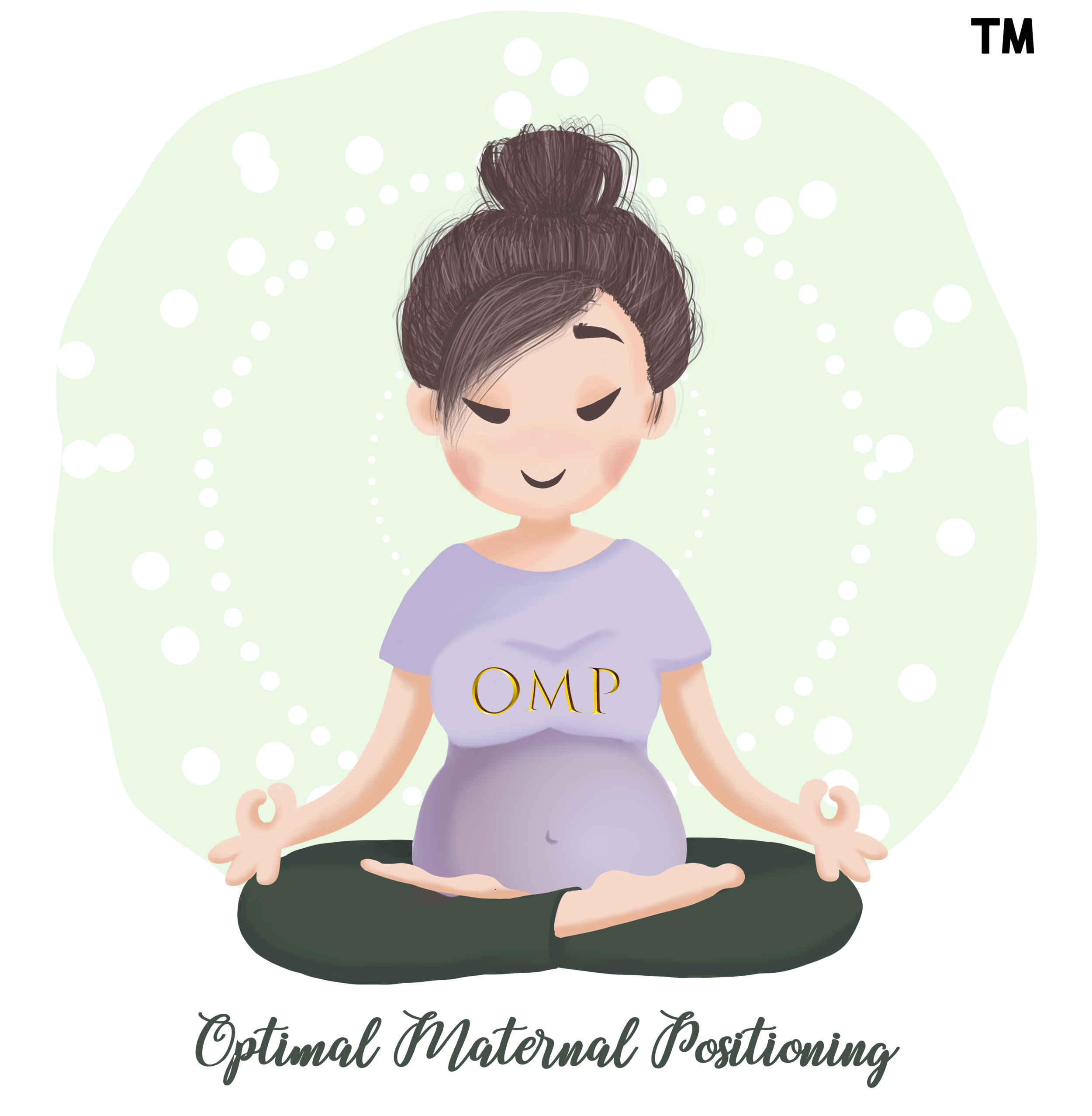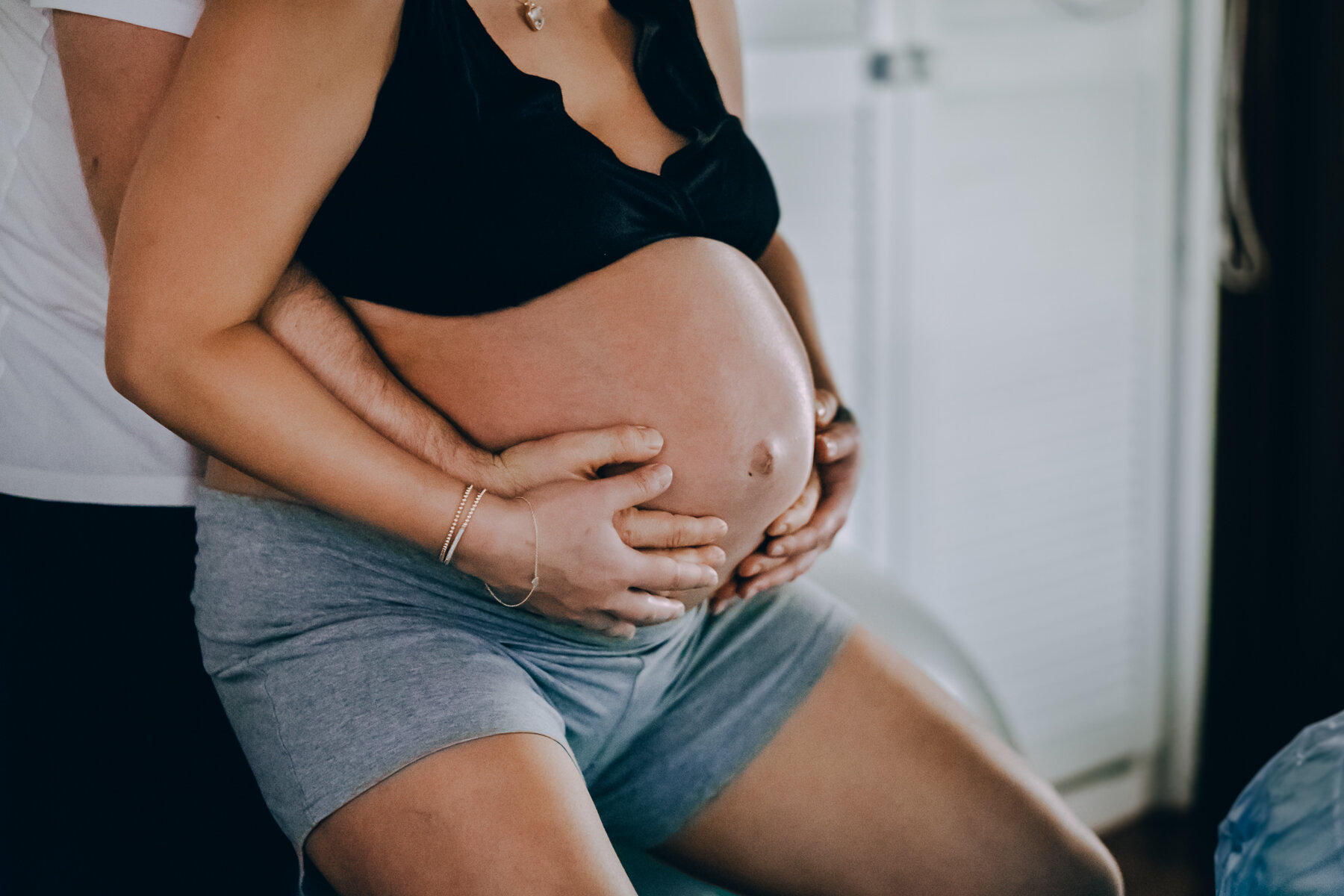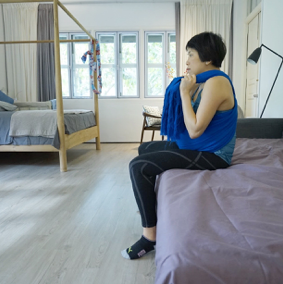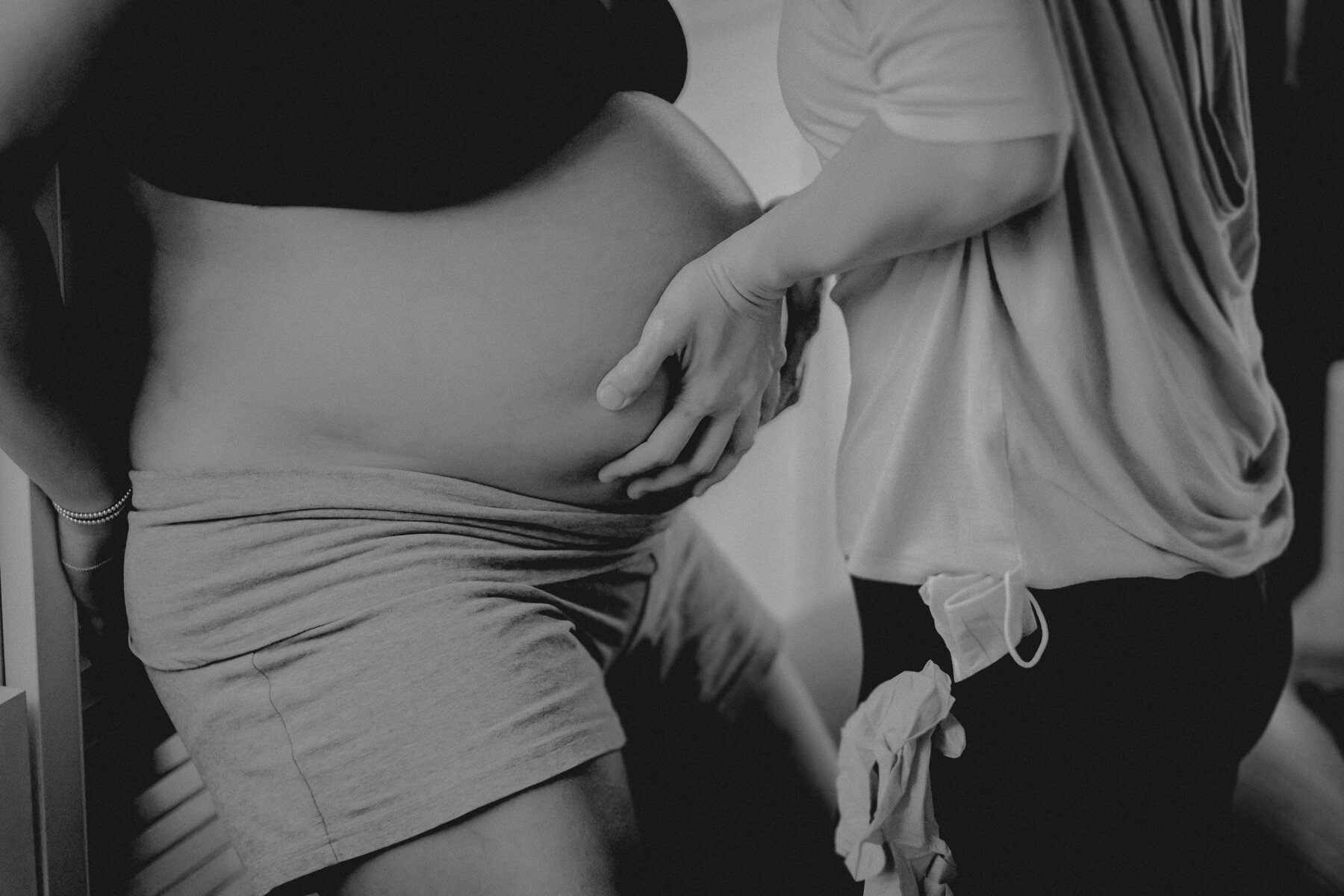Greater & Inlet Pelvis: Abdominal Lift & Tucks
greater & inlet pelvis: abdominal lift & tucks
Abdominal Lift & Tuck originated from Janie McCoy King from her book ‘Back Labor No More’ where she combined the techniques of:
Abdominal Lift to push the baby towards the mother - be it the baby is in anterior or posterior - as this helps the baby to flex even more to get its occiput (the smallest diameter of the baby’s head) presenting at the widest diameter of the pelvis.
Rounding her back to change the orientation of the pelvis by tucking her pelvis during contractions.
Abdominal Lift & Tucks can be done by the laboring mother herself using a rebozo however like everything else in life, this is best done with good support. She can use some of the OMP Active Birth Positions to utilize this technique:
Standing with a birth supporter also standing behind her, best leaning against a wall for support or the mother leans her back against the wall with the birth supporter standing in front of her lifting her belly either with a rebozo or manually.
Sitting in a 90 degree neutral flexion, ideally on a birth stool or gym ball instead of a flat surface. Her birth supporter can stand or sit in front or behind her to lift her belly either with a rebozo or manually.
Similar to standing, the mother can be kneeling instead, which is a good alternative when using this in the birthing pool.
Unknown to many, this can only be used in a side-lying position with the mother’s legs in 90 degree flexion and having her birth supporter either in front or behind her to lift her belly either with a rebozo or manually.
Standing using a rebozo
Standing with a birth supporter also standing behind her, best leaning against a wall for support or the mother leans her back against the wall with the birth supporter standing in front of her lifting her belly either with a rebozo or manually.
Sitting with a rebozo
Sitting in a 90 degree neutral flexion, ideally on a birth stool or gym ball instead of a flat surface. Her birth supporter can stand or sit in front or behind her to lift her belly either with a rebozo or manually.
Some birth supporters like to use the rebozo to support the abdominal lift whereas others just use their hands. If the mother has a pendulous belly or her baby is known to be on the bigger side, you can continue with the abdominal lift and drop the tuck after the baby has entered the inlet pelvis - keeping the abdominal lift for mid pelvis-outlet pelvis.
When you hear of second birth (or more) mothers with slow to start labors, this is an extremely effective technique in getting labor to progress.
For OMP Active Birth Positions , OMP Pelvic Mobility Protocols and OMP Comfort Measures to be effective, it has to be done during contractions and used for 5-10 consecutive contractions to see if it is effective in enabling labor to progress.




